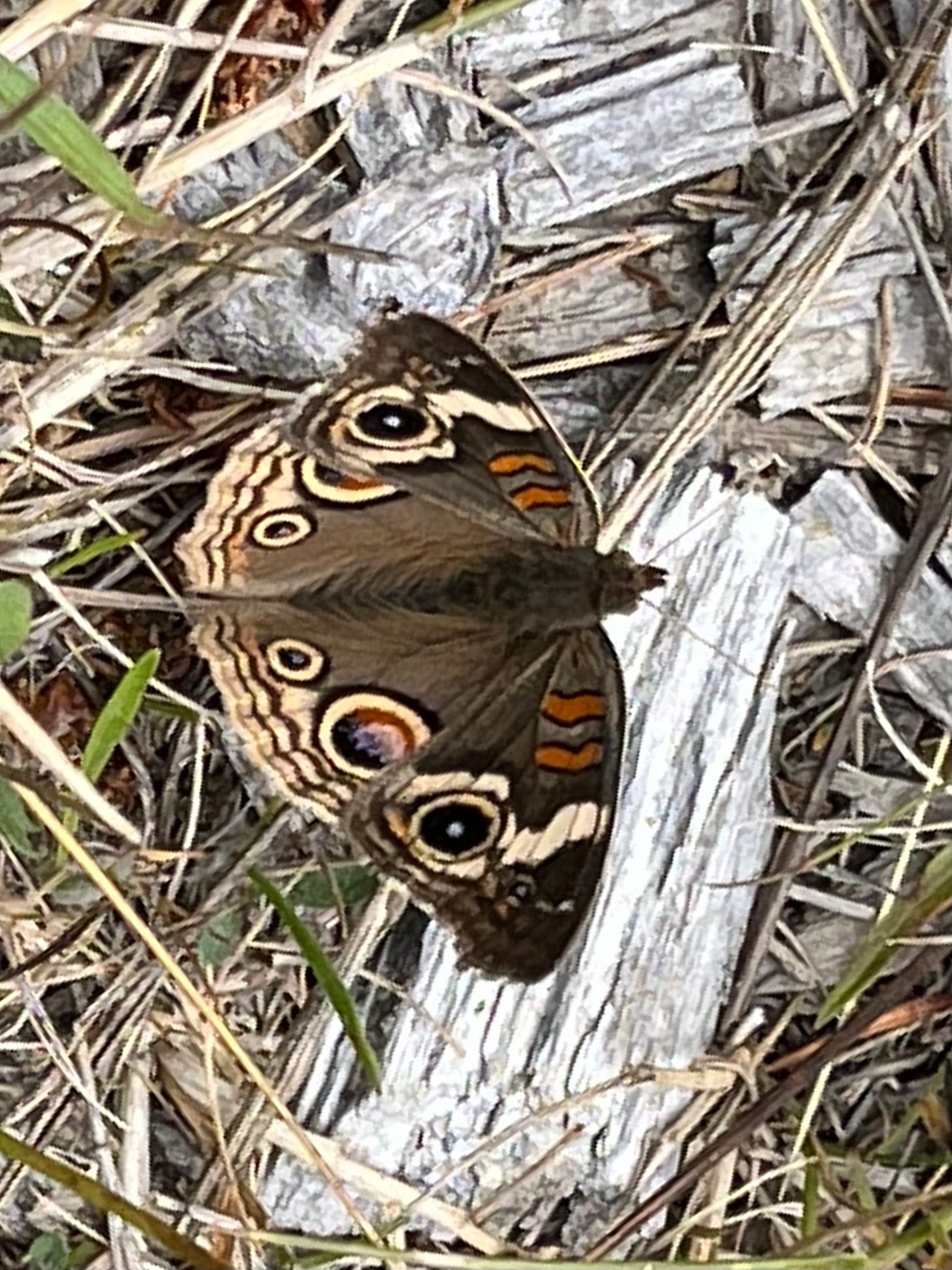The Changing Sounds on Earth
Sonic vibes of creatures, insect evolution, and oceans swimming in noise

You’re at Mother E, a free newsletter about our connections to nature and other species in a climate-changing world. If you missed the last article, it’s here: Summer Perils and a Climate Promise
If this newsletter gets shortened by an email program or the images don’t show, you can read it on the website here. If you’re a new subscriber and reader, welcome!
I’ll be taking some time off in August from writing essays so the next two Mother E issues will be shorter. You’ll see more links of things I’ve read or that have inspired me. This week, the common thread is sound.
Enjoy!
Robin Applegarth
Are insects really declining— or just hiding more?
You may have heard about the insect decline— dubbed an “insect apocalypse.” There are some studies that show certain populations, such as bees, have lost significant numbers worldwide. But what’s going on with other insects we don’t see or hear as often?
A Harvard scientist is now questioning the extent of insect losses. Maybe insects are evolving, learning to avoid light, and hiding out more, which is why we don’t see them as much.
Read Nautilus Magazine’s article here: How Darkness Can Illuminate the Insect Apocalypse
The natural soundscape of your childhood
There is nothing more evocative of memories than scents or sounds. When you were a child, what were the sounds you heard outdoors? What unique combination of birds, frogs, insects, or mammals lived nearby, providing a soundscape as unique as a fingerprint?
For me, the decade of childhood I spent in the Southern California desert (Coachella Valley) brought a rich tapestry of sounds: buzzing cicadas, coyote howls, burbling California quail, roadrunner calls, multi-songed mockingbirds and more.
The soundscape of our planet is changing though, as species decline. How does this affect us? Read the Grist article here: How Climate Change is Muting Nature’s Symphony.
A poet-scientist gives us a “glorious guide to the miracle of sound.”
I’m looking forward to reading the book Sounds Wild and Broken: Sonic Marvels, Evolution’s Creativity, and the Crisis of Sensory Extinction, by David George Haskell. Haskell has been called a poet “laureate for the earth” and his book is listed as one of the top ten books about listening to nature. Here’s one review:
We live on a planet alive with song, music, and speech. David Haskell explores how these wonders came to be. In rain forests shimmering with insect sound and swamps pulsing with frog calls we learn about evolution’s creative powers. From birds in the Rocky Mountains and on the streets of Paris, we discover how animals learn their songs and adapt to new environments.
Below the waves, we hear our kinship to beings as different as snapping shrimp, toadfish, and whales. In the startlingly divergent sonic vibes of the animals of different continents, we experience the legacies of plate tectonics, the deep history of animal groups and their movements around the world, and the quirks of aesthetic evolution.
Penguin Random House publisher


Oceans swimming in noise
While sounds on land are being muted by wild population declines, human noise in the ocean is increasing. How does this affect everything from snapping shrimp to humpback whales?
Sound is a primary means of communication and navigation for most ocean creatures; it’s what enables them to find food and mates and avoid predators—in other words, it helps nurture underwater life. At the same time, invasive sound can be destructive to the ocean.
Swimming in Noise, by Ruxandra Guidi, Nautilus Magazine
You can read this interesting Nautilus article here: Swimming in Noise
If you want more about whale sounds and whales, read an early Mother E article: Singing Across Oceans
Here’s a quote from Rachel Carson in The Marginalian that reminds me of the underlying mystery at the heart of life.
On all these shores there are echoes of past and future: of the flow of time, obliterating yet containing all that has gone before; of the sea’s eternal rhythms — the tides, the beat of surf, the pressing rivers of the currents — shaping, changing, dominating; of the stream of life, flowing as inexorably as any ocean current, from past to unknown future […]
Contemplating the teeming life of the shore, we have an uneasy sense of the communication of some universal truth that lies just beyond our grasp.
The Sea Around Us, by Rachel Carson
Here are sounds of the sea I posted on Twitter after a recent walk on the Mendocino County coast. (Click on image and unmute video at at the bottom right corner.)
Stay cool in these remaining summer weeks.
I like to hear from readers. What were the natural sounds of the place where you grew up? What wild voices added to the mornings and evenings of your life? Are those sounds still there?
You can comment at the button above, respond to this email to reach me privately, or reach out on Twitter @RobinApplegarth.
Not subscribed yet? Mother E is free and publishes every two weeks on Sundays. Just leave your email below.




Again, an interesting taste of something natural.